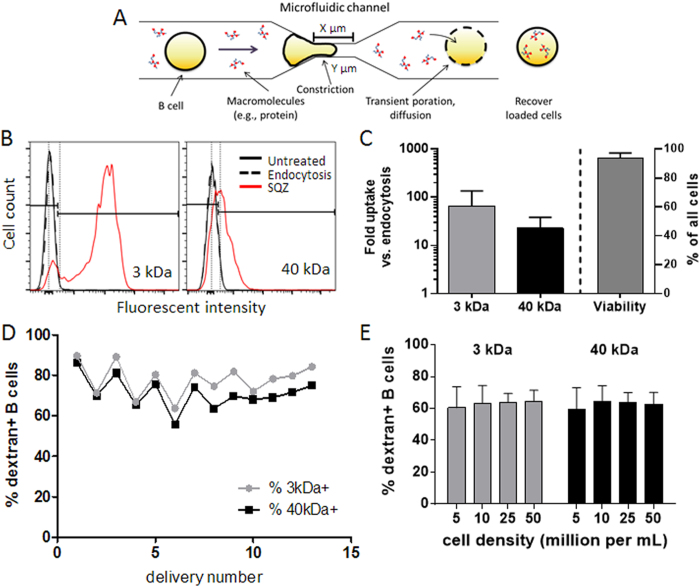Figure 1. Microfluidic cell squeezing provides a robust, scalable method for macromolecule delivery to B-cells.
A) Schematic representation of microfluidic squeezing for macromolecule delivery to cells. Constriction channels were X μm long (10 or 30 μm) and Y μm in diameter (4 or 5 μm); these values were 30 μm long and 4 μm in diameter unless otherwise indicated. B) Representative histograms and gating strategy for assessing device performance for delivery of small (3 kDa) and large (40 kDa) dextrans in B-cells under these antigen delivery conditions: untreated; endocytosis; SQZ=squeezed (mechano-poration). C) Quantitative analysis of macromolecule uptake into resting B-cells relative to endocytosis; cell viability following mechano-poration (n = 7 independent experiments). D) Quantitative analysis of intra-device delivery performance (n = 13 consecutive runs using 1 device; results representative of >3 independent experiments). E) Dextran delivery into resting B-cells as a function of cell density from 5-50 million B-cells/mL (n = 3 replicates; representative of>3 independent experiments). All data were represented as means±standard deviation. Pairs of conditions were tested in E) for statistically significant differences with ordinary 1-way ANOVA followed by Holm Sidak multiple comparisons test; multiplicity adjusted p-values < 0.05 were considered significant, but none were found.

